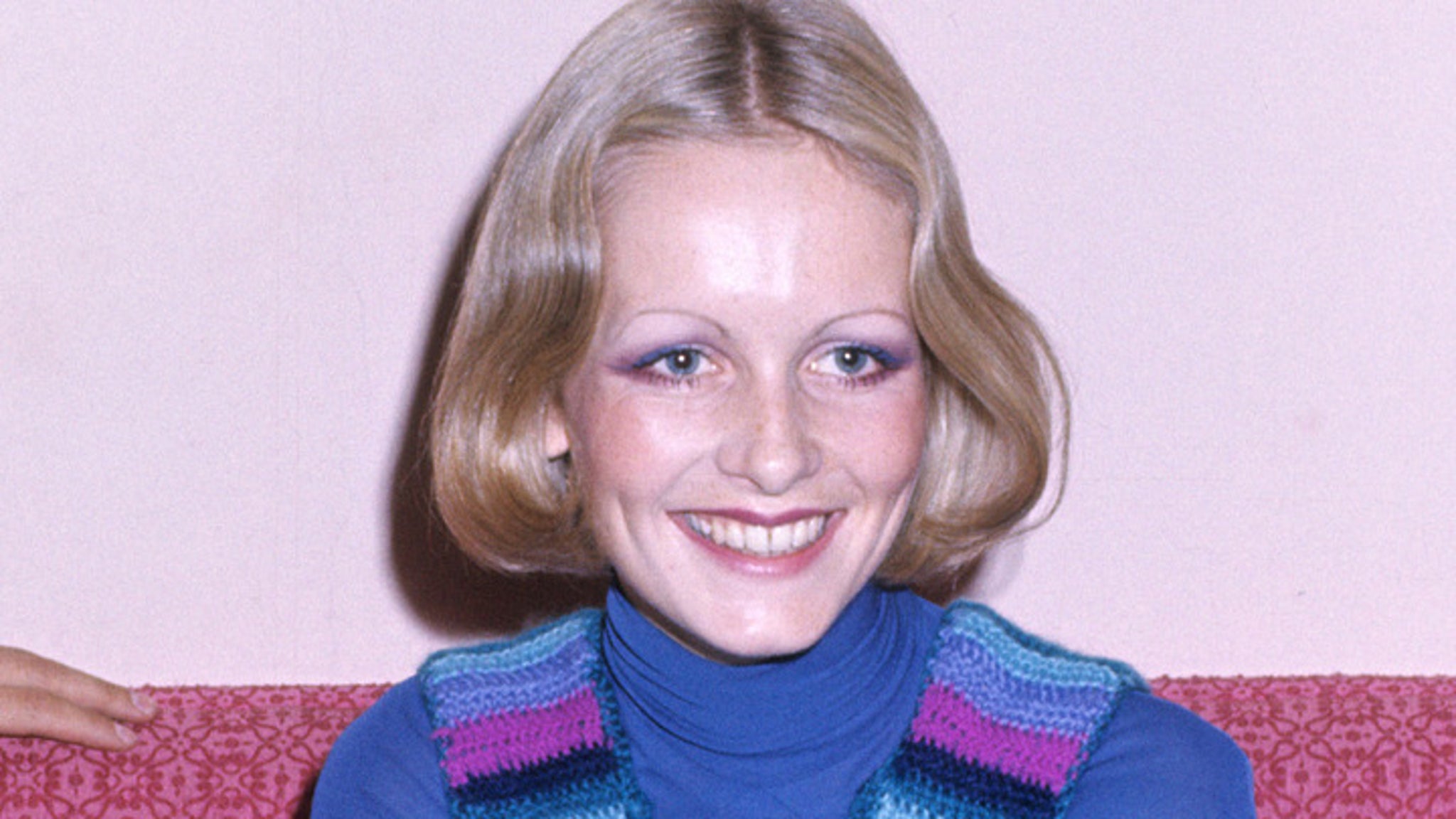Blog
What Is ‘Looksmaxxing’? – The New York Times

Skin-care routines, hair care, a good night’s sleep: These are not cutting-edge suggestions for how to look one’s best, at least not for anyone who has ever consulted a women’s magazine.
But for the legions of TikTok users — mainly teenage boys — who turn for advice to Dillon Latham, a mop-headed 18-year-old from Virginia, these are secret pearls of wisdom.
“The past year has been me taking things girls have been doing to look better and telling guys to do the same,” said Mr. Latham, whose account has gained 1.3 million followers since he started it in September 2022.
Many of Mr. Latham’s followers are so-called Looksmaxxers, part of a booming digital community of young men seeking to enhance their physical attractiveness. Its suffix comes from the world of role-playing games, in which to “max” means to fully develop a single character trait, like strength or wisdom.
“It’s like making a character in a video game and trying to use as many points as you can in upping the looks-bar stat,” begins one popular YouTube guide to looksmaxxing.
The term has roots on incel message boards and the “manosphere,” which heavily attribute romantic success to the perceived genetic advantages held by tall and muscular men. Several of the message boards devoted to looksmaxxing hold that sex is a complicated game of persuasion and subterfuge, to be won through special tricks and hidden knowledge.
But in recent months, the core idea of looksmaxxing has achieved escape velocity into the broader culture of young men on the internet, through more mainstream figures like Mr. Latham, who fall under the wider umbrella of “glow-up TikTok” — the term for the constellation of videos on how to get better looking through concerted effort. The message-board Looksmaxxers seem to regard the TikTok Looksmaxxers, angrily, as handsome interlopers.
For the most part, the popular TikTok accounts stick to “softmaxxing”: trying to improve one’s looks by eating better, exercising, perfecting a skin-care regimen — essentially anything short of taking steroids or going under the knife. Discussions about those topics — “hardmaxxing” — mostly take place on forums.
A September video from the TikTok user syrianpsycho, who promotes softmaxxing to his 1.2 million followers, bemoans the experience of going to restaurant while “mewing” (a technique that involves placing the tongue on the roof of the mouth, which Looksmaxxers believe makes the jaw grow squarer and stronger) and “starvemaxxing” (the Looksmaxxers’ term for extreme fasting).
Syrianpsycho is Kareem Shami, a 22-year-old college student in San Diego whose path to social media stardom tracked his own struggle with physical insecurity. In 2012, Mr. Shami and his family fled the civil war in Syria. At his new school in Beirut, Lebanon, classmates taunted him for his light skin, Mr. Shami said, and in his teen years, he had trouble getting dates. (Mr. Shami isn’t the only Looksmaxxer whose story revolves around being teased at school; Erand Arifi, a 21-year-old student in Vienna, has nearly half a million followers on a looksmaxxing TikTok account he started after being treated for severe acne.)
When he was 18, Mr. Shami watched “American Psycho,” the 2000 film adaptation of Bret Easton Ellis’s shocking novel, which lingers on the murderous main character’s toned body and elaborate beauty regimen. Mr. Shami’s main takeaway from the film was not its mordant satire of consumerism, but that it was an aspirational lifestyle guide.
“When I was watching it, I was like, damn, I wish I had his skin-care routine, his morning routine,” Mr. Shami said. “The only part that isn’t perfect is his psychopathic tendencies.”
Mr. Shami began what he called a “transformation,” involving workouts, taking care of his hair and skin, and mewing. After moving to the United States for college, Mr. Shami started posting on TikTok. Today, he is the author of a guide to “facial gains” that features advice on everything from eyelash care to “hollowing the cheeks.” He also does paid content for beauty brands, as does Mr. Latham.
Like many internet communities of the young and very online, the world of looksmaxxing is shot through with a kind of self-deprecating, facetious humor, in which obscure references and jargon function as a form of in-group signaling. There is “mogging” (looking better than someone else) and a slightly tongue-in-cheek fixation on something called “canthal tilt,” which refers to the angle of the eye. Lest this seem the fixation of only a group of very self-conscious boys, the canthal-tilt fixation has also made its way to the world of beauty magazines.
And a frequently alluded-to technique called “bonesmashing,” in which a Looksmaxxer breaks his own jaw or cheek bones in order to make them grow back stronger, is regarded by many Looksmaxxers as a joke. (Bonesmashing has elicited many alarmed news articles, but few examples of young men who have actually attempted it.)
Still, the audience for looksmaxxing content is young, which explains the big-brother tone of some of the videos. (“I am so proud of every single one of you,” Mr. Arifi said in a recent video.) Mr. Shami estimates that most of his viewers are 16 to 18, with plenty of 14- and 15-year-olds as well.
“A lot of them are being ironic, but there are 10- and 11-year-olds who watch this stuff — it’s hard for them to get the nuance of a joke,” said Brendan Ruh, 31, a self-improvement influencer who has criticized looksmaxxing for its focus on things — like jaw structure — that can’t be changed without surgery.
Indeed, one popular thread on looksmax.org is devoted to “pubertymaxxing,” complete with “an introduction into androgens and growth factors, and how to apply them.” And in a TikTok video titled “How to fix an asymmetrical face,” Mr. Latham instructs viewers that “you need to start doing these things at a young age, because the later you start, the less the results are going to show.”
Both Mr. Latham and Mr. Shami have recently stressed that confidence is more important than good looks, but that good looks helped them attain confidence.
Mr. Ruh said he thought the trend was here to stay, for the simple reason that young people, no matter their gender, are expected to post images of themselves on social media.
“You have to present yourself in a certain way,” he said.
In other words, the self-facing camera has finally turned the male gaze on itself.
























